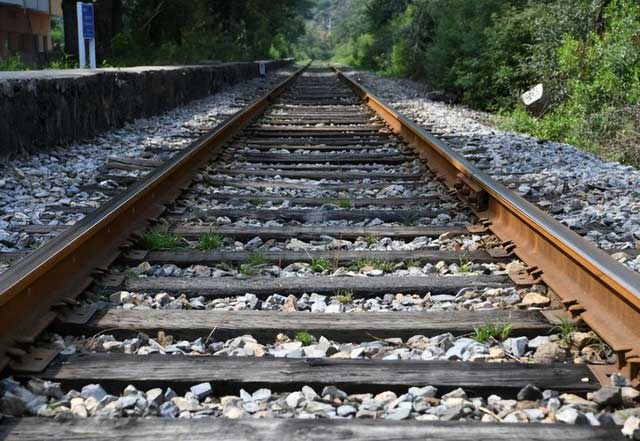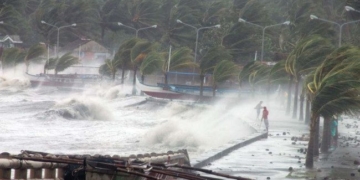China has the largest high-speed rail network in the world, which comes with a significant amount of railway waste. It is estimated that the country discards millions of tons of used rails each year. However, instead of recycling, most of this scrap is buried underground.
In recent years, China has continuously built infrastructure, with high-speed rail lines extensively installed across the country. This has made China the nation with the longest total length of high-speed rail in the world.
As the trend of continuously upgrading the high-speed rail system in China continues, the amount of discarded rails reaches millions of tons each year. However, the way China handles these discarded rails has sparked curiosity and lively debates!

In China, the amount of discarded rails reaches millions of tons each year.
China employs the method of burying scrap rails on-site, which raises questions about why the rails are not recycled and whether burying them on-site is a waste of resources.
Controversial Methods for Handling Used Rails
China leads the world in kilometers of high-speed rail construction, but this also means that the country has a massive amount of railway infrastructure that requires regular maintenance. If the rails are not maintained for an extended period, their resilience significantly diminishes, posing safety risks and necessitating their removal and replacement.

Typically, rails need to be replaced approximately every 10 years.
As trains and high-speed trains operate continuously throughout the day, the rails are constantly subjected to stress, gradually wearing down to the point where they must be removed. Therefore, the amount of scrap rails replaced annually in China is substantial.
Generally, rails need to be replaced approximately every 10 years. If they are branch lines with relatively low traffic, the replacement frequency can be extended appropriately, allowing for replacement every 20 years or longer.
Although another name for rails is railway, in reality, rails do not contain iron but are made of a special type of steel with extremely high precision. This raw material possesses good strength and ductility and can form an oxide layer on the surface during use to prevent corrosion from rain.

In reality, rails do not contain iron but are made of a special type of steel with extremely high precision.
Accordingly, recycling rails is not practical, and this is directly related to the material composition of the rails. The type of steel used for making rails is crafted from special materials, and conventional metallurgical furnaces do not have the capability to recycle this special steel. Moreover, even if special steel rails were to be recycled, it would be very challenging to process them.
Currently, even the most advanced metallurgical plants in China lack the technology to utilize this special steel for secondary purposes. Furthermore, a large number of railway lines in China are built in remote areas, far from cities. This is to avoid excessive noise from high-speed trains disturbing the lives of residents.
Due to the remote geographical locations, transporting scrap rails also poses a logistical challenge for railway companies. If companies do not invest effort into transporting used rails, the labor costs, machinery costs, and transportation costs incurred during the recycling process will be substantial, potentially equal to the cost of replacing the rails with new ones.
Therefore, China has opted for the method of burying waste rails on-site. On-site burial can avoid the high costs of transportation, labor, etc., and is the most cost-effective handling method based on economic considerations.

On-site burial can avoid the high costs of transportation, labor, etc.
However, burying them on-site does cause certain environmental damages, the most significant of which is soil and groundwater pollution. As the rails are made of special steel, heavy metals will leach out during prolonged corrosion, causing heavy metal concentrations in groundwater and soil to exceed standards, harming the environment.
Therefore, in addition to on-site burial, China is currently researching the feasibility of recycling railway waste. One feasible recycling method involves temporarily storing scrap rails at stations to handle special situations and using them as emergency rails.
Additionally, they are used to manufacture special equipment, such as giant cranes in metallurgical and steel plants. However, whether used as temporary backup rails or as raw materials for reuse, the application scenarios are very limited, and on-site burial remains the primary handling method.


















































